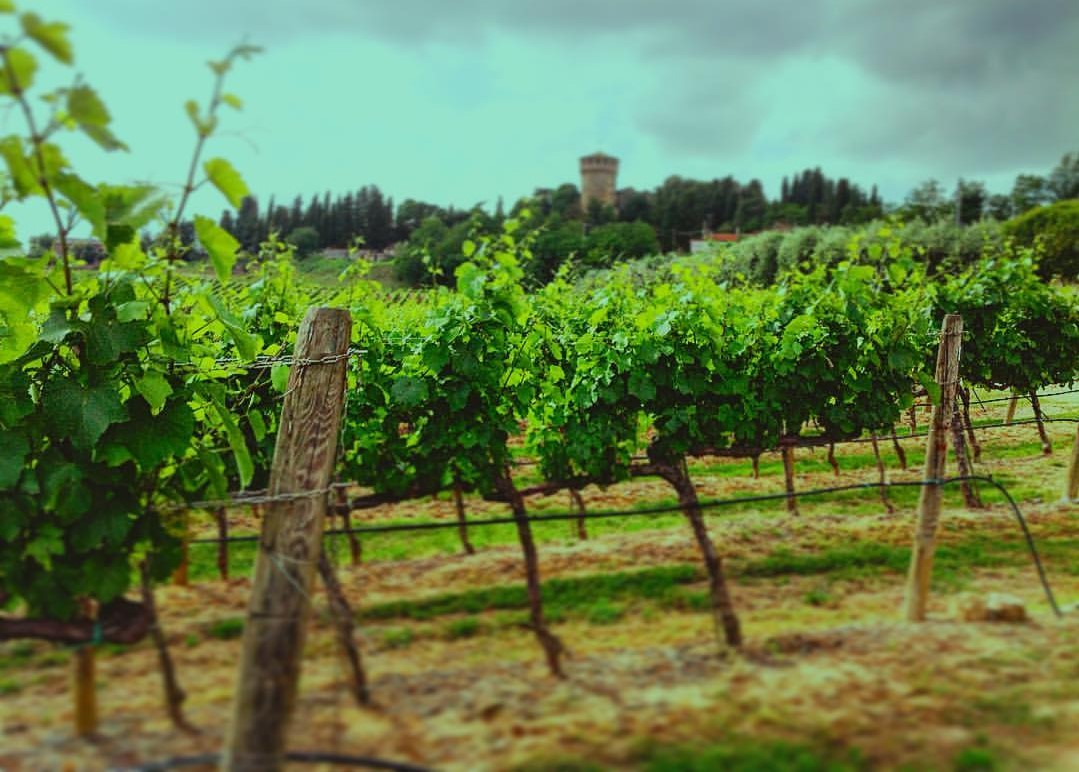
 Jennifer Gentile Martin
Jennifer Gentile Martin
Italian wine: What you need to know about the Wines of the Orvieto DOC
- WTI Magazine #140 Jun 18, 2021
-

 Jennifer Gentile Martin
Jennifer Gentile Martin
Orvieto is town set up high on a hillside made of tufo in the landlocked region of Umbria in central Italy. The wines of the Orvieto DOC span both Umbria and the northern part of the Lazio region. The vineyards are influenced by nearby Lake Corbara and Lake Bolsena as well as the Paglia and Tevere Rivers.
This area was once covered by an ancient lake, Tiberino, that left behind a variety of soils including sedimentary soils made up on sandstone, clay and sand, alluvial soils and even porous, volcanic soils. When we think of Italian wines made from volcanic soils you’re probably not thinking of Central Italy, nevermind Orvieto. This is just one of the many reasons these wines must be explored.
Winemaking in Orvieto dates back to the Etruscan times when the vines were planted off of trees. Around the 3rd century BC the area was taken over by the Romans. After barbarian invasions and other takeovers, viticulture took a hit. It wasn’t until the Middle Ages when viticulture was restablished into daily living by medieval monks. It declined again for centuries until 1860 when it unified under the Kingdom of Italy.
The grapes of Orvieto
Orvieto wines are historically made in an off dry style, but today are most commonly produced in a dry style. Although, late harvest, known as vendemmia tardiva, and wines that face noble rot, known as muffo nobile or muffato, are produced in the area as well.
The Orvieto DOC was established in 1971. The primary grapes that make up the Orvieto DOC wines are Grechetto di Orvieto, Grechetto di Todi and Procanico. The Orvieto DOC does not make a distinction between the two Grechetto grapes and therefore wine producers can leave a general labeling as Grechetto without deciphering between the two. Grechetto di Orvieto is a native grape to Umbria that has mildew resistent skins and is a great selection for producing the Muffa Nobile wines. Grechetto di Todi is the parent grape to Grechetto di Orvieto and is genetically identical to Pignoletto of the Emilia Romagna region in northern Italy. Procanico is a biotype of the Trebbiano Toscano grape and this grape along with the Grechetto grapes all produce wines with high acidity, which is what I found most refreshing about these wines and is typically the style I gravitate towards.
There are also secondary grapes that producers can add including Verdello, Malvasia and Drupeggio at lesser percentages. You may also see some international grapes used like Chardonnay, Sauvignon Blanc or Vermentino. In order to be labeled as an Orvieto DOC wine the blend must be comprised of a minimum of 60% Grechetto and/or Procanico and a maximum of 40% of other authorized grapes previously mentioned. The wines labeled Orvieto DOC Classico must come entirely from within the Umbria region and the historical area of Orvieto. Those labeled as Orvieto DOC Classico Superiore have a higher alcohol level, lower yields and have at least 5 months of aging.